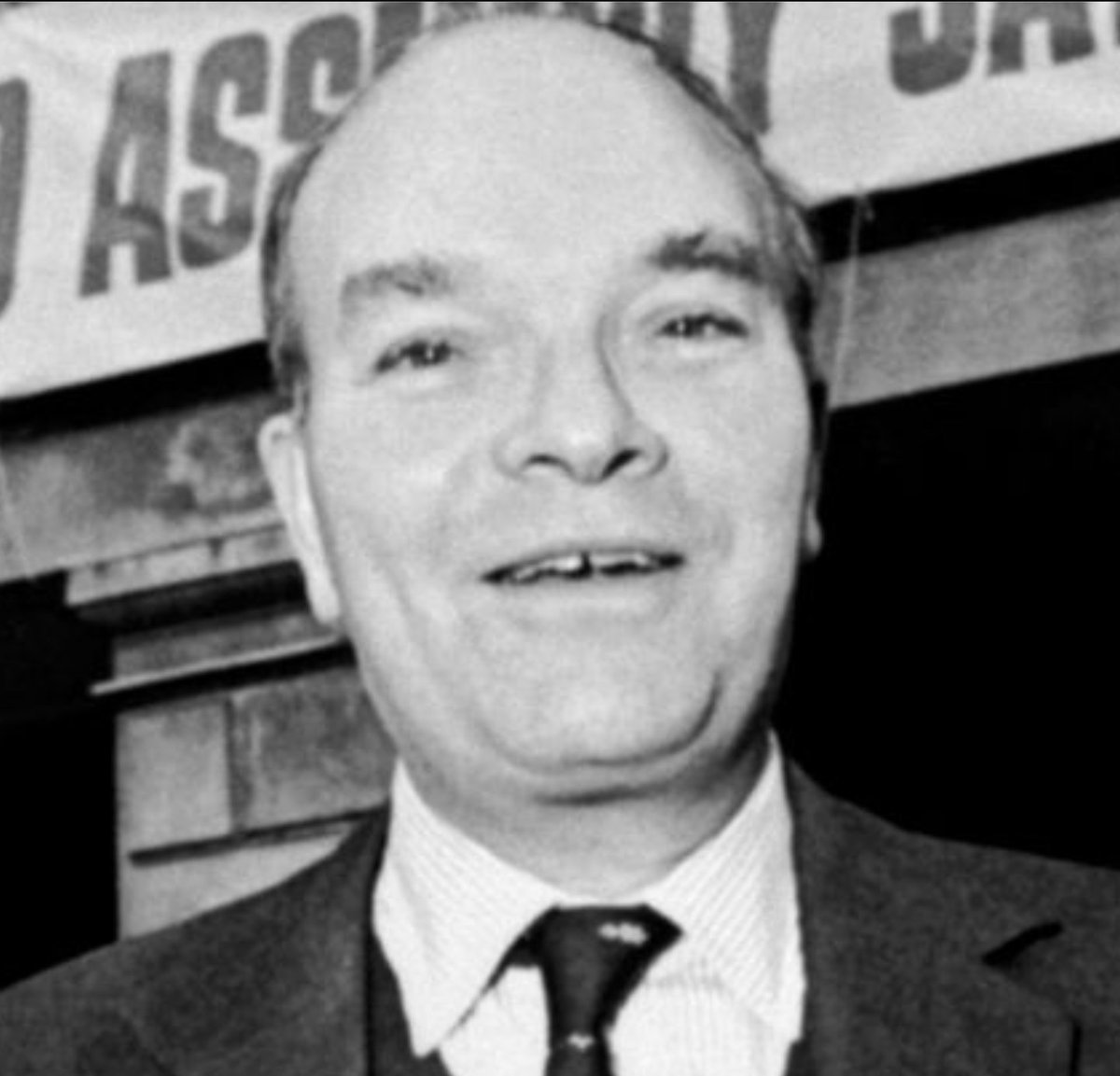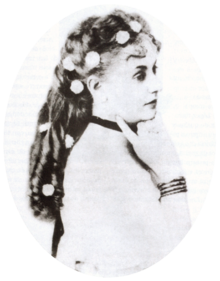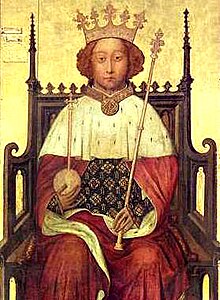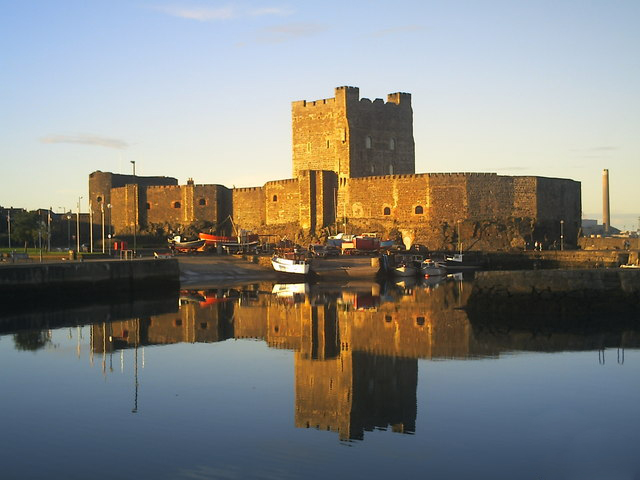28 July 1270: The Battle of Athankip (Cath Ath in Chip) near Carrick on Shannon on this day. Aedh O'Conchobhair, King of Connaught, defeated the army of the Anglo –Norman Colony of the deputy-Justicar Richard of Exeter and Walter De Burgo on this day.
King Aedh of Connacht was an able and dynamic leader with a ruthless streak. He fought hard to retain what was left of the ever shrinking lump of territory that was left to the kings of Connacht by the inroads of the English. It was a Land over which his family ancestors had once held sway over so much of as Kings.
His enemies were many but at this time he was at war with Walter de Burgo of the Anglo-Norman De Burgo family. Walter was both the Lord of Connacht and the Earl of Ulster - a very powerful man indeed in the Ireland of that time.
King Aedh knew that when the English began erecting a castle at Roscommon in 1269 that the Crown of England was putting pressure upon him by taking back lands lost in previous times. He expected war notwithstanding agreements entered into earlier with the Crown of England.
In 1270 the Justicar Robert d'Ufford* organised an expeditionary force that united all his forces with those of Walter de Burgo so that they had 'all the foreigners of Erin with them'. However d'Ufford quitted Ireland ahead of the expedition and returned home and his place was taken by his deputy Richard of Exeter. Eventually in the summer of 1270 the forces were assembled at Roscommon and set off to march upon King Aedh and his men.
* The chief representative of the Crown of England in Ireland at that time
The Anglo-Norman Army went north by way of Elphin to the banks of the Shannon so that they were between Carrick and Jamestown, situated on what today is the riverine border between the counties of Roscommon and Leitrim.
There they decided upon a fatal course of action - they divided their forces in two so that the river Shannon would be between them. Walter was sent across the river with his men in order to camp beside Aedh's Army and to open negotiations with the King of Connacht so as to bring about his submission.
As part of the deal to agree to talk King Aedh entered into Walter's camp (a sign of submission in the Gaelic world!) but in return Walter had to hand over his own brother William to Aedh's camp 'while Aedh should be in the Earl's house arraigning the peace'.
Whatever exactly happened then we do not know but Aedh withdrew from the negotiations pretty fast. Meanwhile in his own camp two of the hostages who accompanied William were done to death and William himself was seized as a captive instead of being allowed to return to the care of his brother.
Walter was now on the wrong side of the river and with his brother's life in the balance and King Aedh obviously not prepared to agree to whatever terms were offered to him he decided to beat a retreat back to the other side of the Shannon and try and reunite his force with that of Richard of Exeter.
King Aedh on the other hand knew that in the aftermath of negotiations breaking down and the death of hostages that allowing Walter to cross the Shannon unmolested and re unite with Richard could only spell his own doom.
He decided to harry Walter's retreat and take out as many of his men as he could.
And O'Conchobhair was during these two
nights marching round them, as a furious, raging, tearing
lion goes about his enemies when killing them, so that
he permitted them neither to eat, sleep, nor be at rest.
Annals of Loch Cé
Eventually Walter's depleted and harried army made it to the banks of the Shannon at the ford of Ath An Chip where they proceeded to cross over to the other side. However they were caught here by Turlough O'Brien and his men. Turlough was if not the son then a close relative of King Brian of Thomond who had also turned against the English. Turlough might well have been on the western side of the Shannon already and waiting for Walter's army to turn up.
The Earl Walter turned to fight and with some courage sought out Turlough and engaged him in single combat and slew him. But this delay proved fatal for his army as the men of Connacht came upon his rearguard and turned a retreat into a rout. The English lost nine of the chief men (Knights) dead upon the battlefield and many hundreds of others as well. Over 100 apparelled and saddled horses were left behind by them. Aedh in the flush of Victory had Walter's own brother William put to death as a further insult to the man who had caused him so much trouble in his own life and that of his father King Felim too in his day.
The defeat of Ath-in-chip was inflicted by Aedh, son of Feidhlimidh Ua Conchobair and by the Connachtmen on the Earl, namely, on Walter de Burgh and on the Foreigners of Ireland besides, wherein was committed slaughter innumerable on the Foreigners. And William de Burgh junior was taken prisoner there and he was killed afterwards in the same captivity. And not greater than it was any defeat, or battle-rout that the Gaidhil ever gave to the Foreigners in Ireland previously.
For there was killed Richard of the Wood, kinsman of the Earl, as well as John Butler and many other knights and Foreigners and Gaidhil innumerable. And there were abandoned one hundred horses with their breastplates and with their saddles.
Annals of Ulster
Now when the Galls had gone to Ath in Chip in the morning, Toirrdelbach O Briain fell upon them there. The Earl himself turned upon him and slew him on the spot, single-handed.
At this moment the men of Connacht fell upon them. Their rearguard was dislodged and their van broken and nine of their noblest knights were killed on that moor, including Richard of the Wood and Seon Butler, and they left a hundred horses on the field, with their saddles and poitrels. Uilliam Oc was then killed in his captivity, after O Briain had been slain by the Earl, and none knew how many besides.
Annals of Connacht
It's possible that King Aedh was helped to gain this victory by the presence of a contingent of the famous Gallowglass (Gallóglaigh) warriors from Scotland which he had received as a dowry on his marriage in 1259 to the daughter of Dougall Mac Sorley of the western isles of Scotland.
Aedh O'Conchobhair went to Doire-Choluim-Chille [Derry] to espouse the daughter of Dubhgall
Mac Somhairle; and he brought home eight score young men with her, together with Ailin Mac Somhairle.
Annals of Loch Cé 1259
In the aftermath of the battle King Aedh raided far and wide across Connacht taking and destroying castles and driving his enemies before him. In the following years he raided further and took Roscommon itself in 1272. Athlone also fell to him and he broke the bridge across the Shannon.
Walter de Burgo died exactly a year to the day after the battle was fought in his castle at Galway- a broken man no doubt.
The end came for King Aedh on 3 May 1274:
Aed son of Fedlimid son of Cathal Crobderg O Conchobair, king of Connacht for nine years, died on the third day of May this year, a Thursday and the feast of the Invention [finding] of the Holy Cross; a king who wasted and desolated Connacht in fighting the Galls and Gaels who opposed him; a king who inflicted great defeats on the Galls and pulled down their palaces and castles; a king who took the hostages of the Ui Briuin and the Cenel Conaill; the destroyer and healer of Ireland was he; the king most dreaded and triumphant of all the kings of Ireland in his day, as the poet says: ‘For nine years did this Aed Engach defend the Family of Tara—no feeble forrayer was he—against Gall and Gael.’
Annals of Connacht
The Battle of Ath in Chip was his greatest military triumph.








